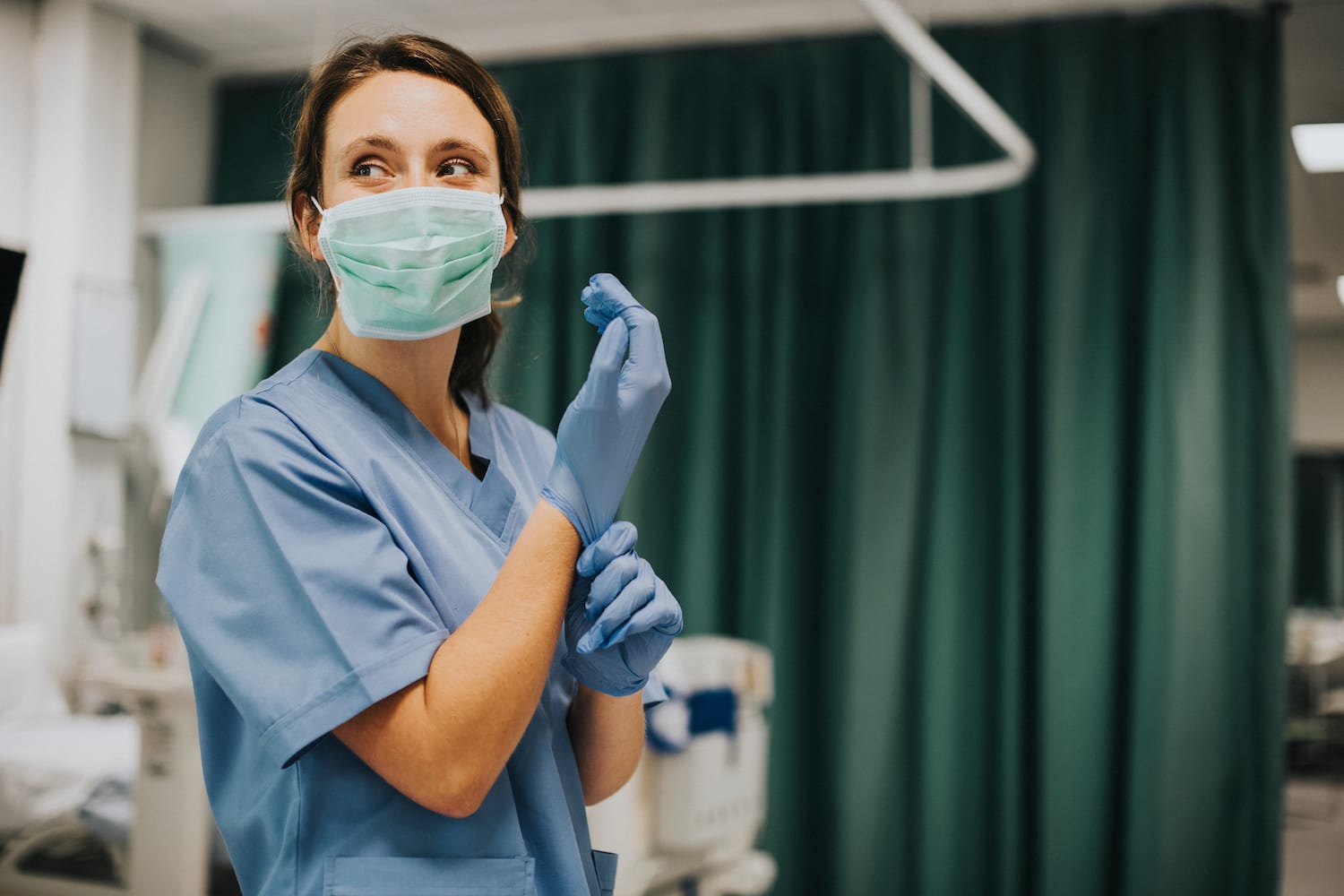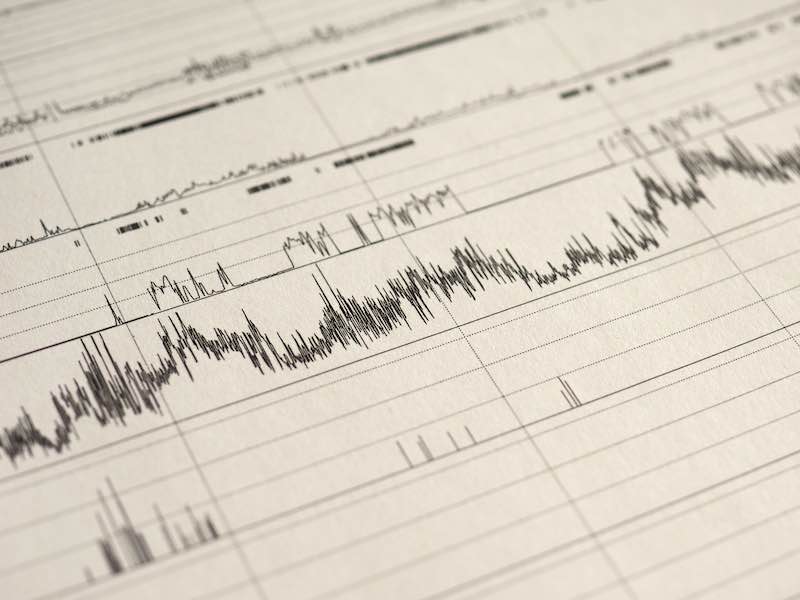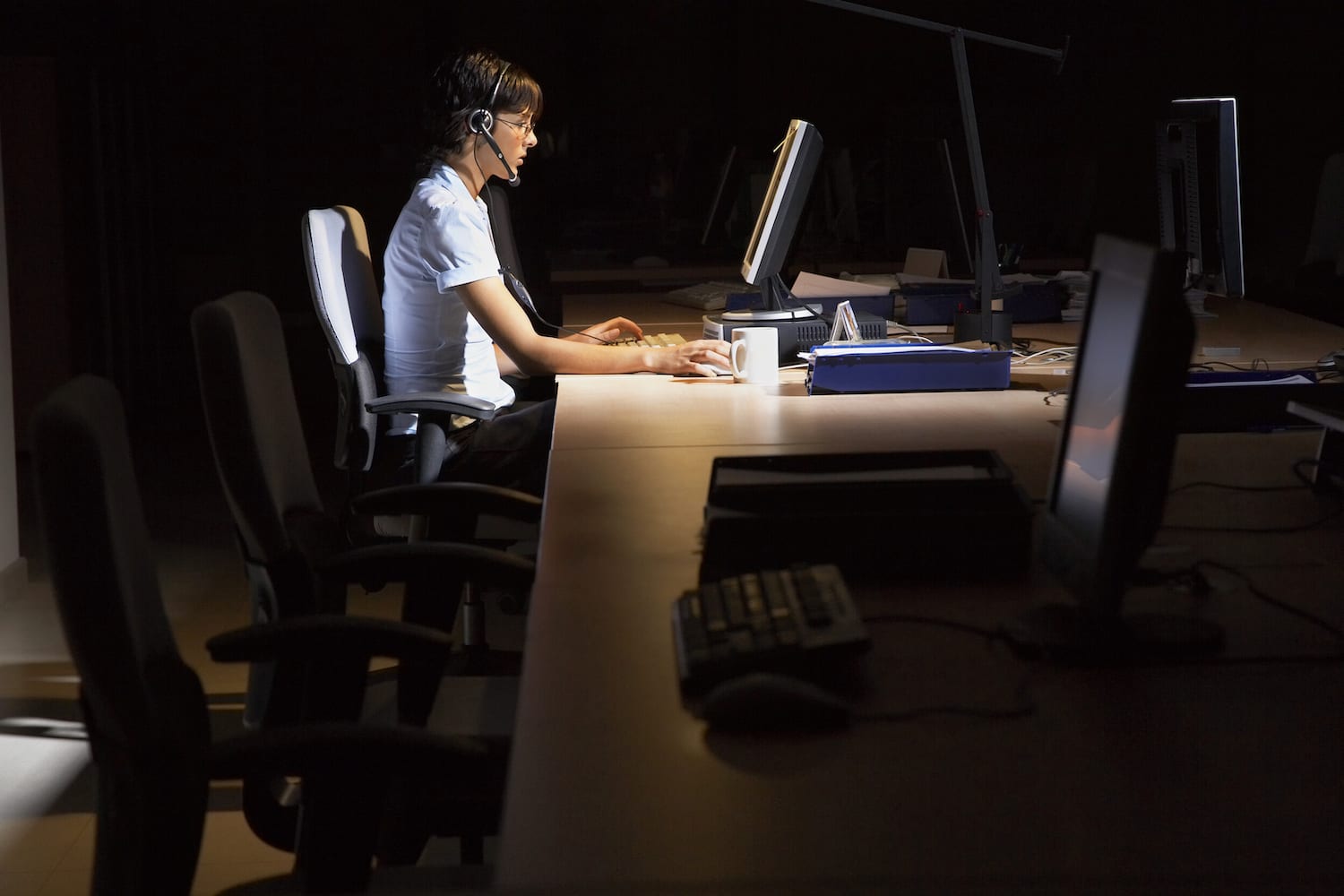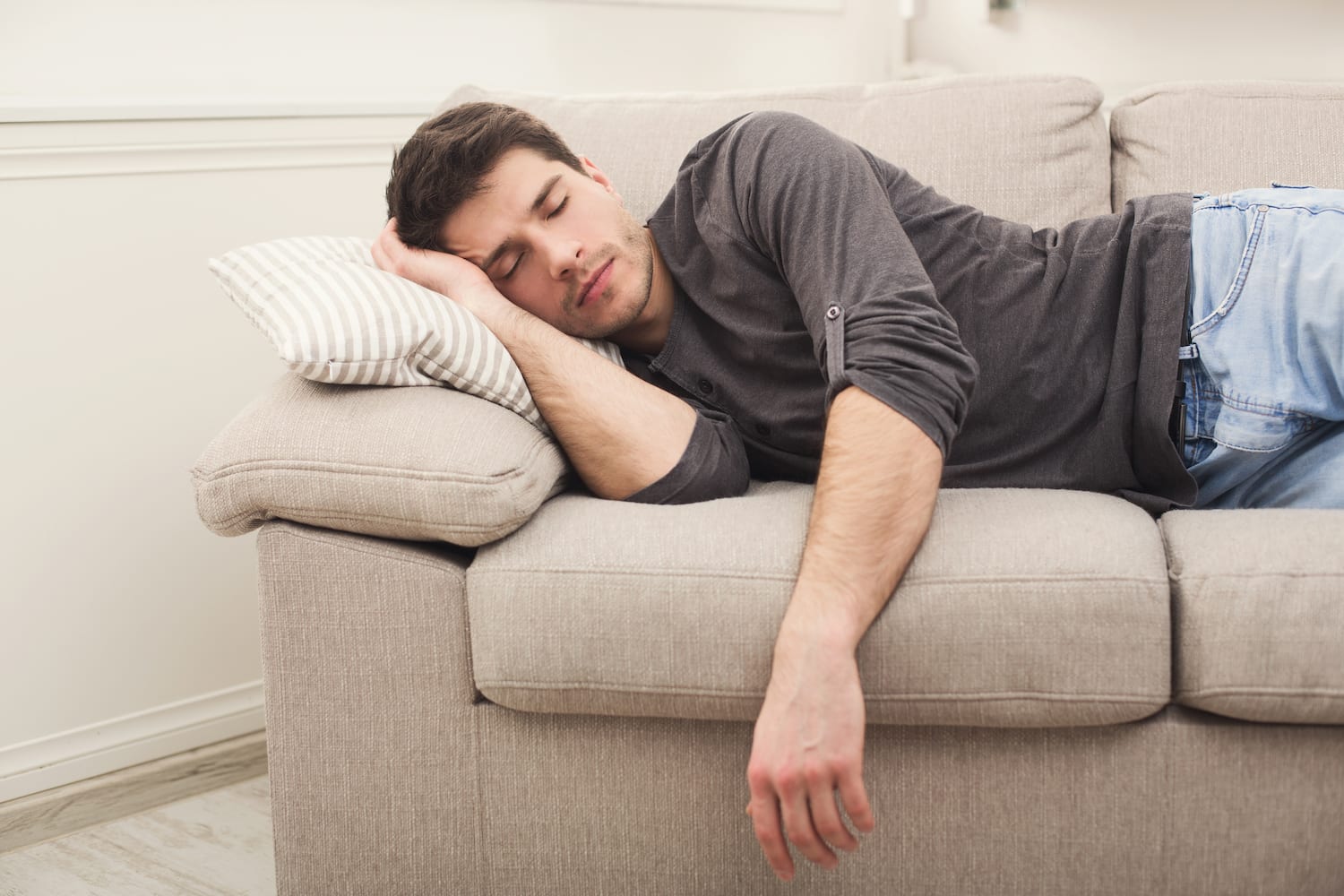When you buy through our links, we may earn a commission. Products or services may be offered by an affiliated entity. Learn more.
Shift Work Disorder
Shift work disorder – also known as shift work sleep disorder – is a condition that primarily affects people who work night, early morning, and rotating shifts for their jobs. The disorder may cause insomnia when workers attempt to sleep and/or excessive sleepiness while they are at work. Significant sleep loss usually occurs. The average person with shift work disorder loses one to four hours of sleep per night.
What Is Shift Work Disorder?
Shift work disorder is categorized as a circadian rhythm sleep disorder. This class of medical conditions is characterized by a misalignment between the body and the circadian rhythms that regulate the sleep-wake cycle. Other circadian rhythm sleep disorders include delayed and advanced sleep-wake phase disorder, irregular sleep-wake rhythm disorder, and jet lag.
Circadian rhythms are largely guided by natural light and darkness . During the day, the retinas in your eyes perceive sunlight and signal the brain to release hormones like cortisol that keep you feeling alert and energized. As the sun sets and light fades, your brain produces another hormone, melatonin, which induces feelings of sleepiness and relaxation.
What Causes Shift Work Disorder?
Shift work is loosely defined as any shift that falls outside the hours of 6 am and 7 pm , including fixed and rotating hours. Roughly 16% of wage and salary employees in the U.S. follow shift work schedules. Of these workers, current estimates suggest one in five has experienced shift work disorder.
Shift work disorder specifically relates to circadian misalignment related to a work schedule that overlaps with a traditional sleep-wake cycle. Insomnia, excessive sleepiness while awake, and recurring sleep loss are the defining symptoms of shift work disorder. In order to receive a shift work disorder diagnosis, patients should report symptoms that occur for at least one month despite attempts to get enough sleep each day.
Shift work disorder affects people in different ways. For example, someone who works an evening shift may not experience the same symptoms as another worker with an early morning shift. The degree to which daytime performance is impaired also varies by patient. Some people eventually adapt to working at night and sleeping during the day, but this process can take time. Environmental factors such as marriage, family, and social pressures can add to sleep loss from shift work sleep disorder.
Complications of Sleep Disorder
If left untreated, shift work disorder can lead to serious complications, including:
- Mood Problems: Shift work disorder can cause people to feel impatient, irritable, and unable to cope with problems or conflicts. Many avoid interacting with their coworkers while on the clock and may also feel less inclined to socially engage with friends and family members when not at work. People with shift work disorder are at higher risk of depression compared to those who do not have the disorder.
- Poor Work performance: People with shift work disorder often struggle to concentrate, pay attention, and remember things. This can translate to reduced performance at work and added costs for employers.
- Higher Accident Risk: Since shift work disorder decreases alertness and reaction time, it puts workers at higher risk of committing errors or being involved in an accident. In addition to workplace accidents, these individuals are at greater risk of getting into a vehicular accident during their commute due to drowsy driving. A significant number of drowsy driving collisions occur between the hours of midnight and 6 a.m. .
- Added Health Problems: A good night’s sleep is needed to restore the body and maintain good immune health. Shift work sleep disorder and subsequent sleep loss can worsen underlying health problems, including gastrointestinal, metabolic, reproductive, and cardiovascular issues.
- Low Testosterone: In some people, shift work can affect their testosterone levels which can present with fatigue, low energy, and low libido.
- Substance Abuse: Many people with sleep problems self-medicate with alcohol or drugs. This can lead to substance abuse or dependency if problems persist.
Some people experience fewer symptoms of the disorder after transitioning to a more conventional work shift. However, insomnia symptoms may persist after changing schedules, and this can warrant a separate diagnosis for chronic insomnia disorder.
References
7 Sources
-
American Academy of Sleep Medicine. (2014). The International Classification of Sleep Disorders – Third Edition (ICSD-3). Darien, IL: American Academy of Sleep Medicine.
https://learn.aasm.org/ -
National Institute of Neurological Disorders and Stroke. (2022, September 26). Brain basics: Understanding sleep.
https://www.ninds.nih.gov/health-information/public-education/brain-basics/brain-basics-understanding-sleep -
Redeker, N., Caruso, C., Hashmi, S., Mullington, J., Grandner, M., & Morganthaler, T. (2019). Workplace Interventions to Promote Sleep Health and an Alert, Healthy Workforce. Journal of Clinical Sleep Medicine, 15(4).
https://pubmed.ncbi.nlm.nih.gov/30952228/ -
Bureau of Labor Statistics. (2019, September). Job Flexibilities and Work Schedules Summary. (USDL-19-1691).
https://www.bls.gov/news.release/flex2.nr0.htm -
Wickwire, E., Geiger-Brown, J., Scharf, S., & Drake, C. (2017). Shift Work and Shift Work Sleep Disorder, Clinical and Organizational Perspectives. Chest, 151(5), 1156–1172.
https://www.ncbi.nlm.nih.gov/pmc/articles/PMC6859247/ -
National Highway Traffic Safety Administration. (2019, July 22). Drowsy Driving.
https://www.nhtsa.gov/risky-driving/drowsy-driving -
Axelsson J, Ingre M, Akerstedt T, Holmback U, Effects of Acutely Displaced Sleep on Testosterone. The Journal of Clinical Endocrinology & Metabolism, 2005 90 (8).
https://academic.oup.com/jcem/article/90/8/4530/3058888











